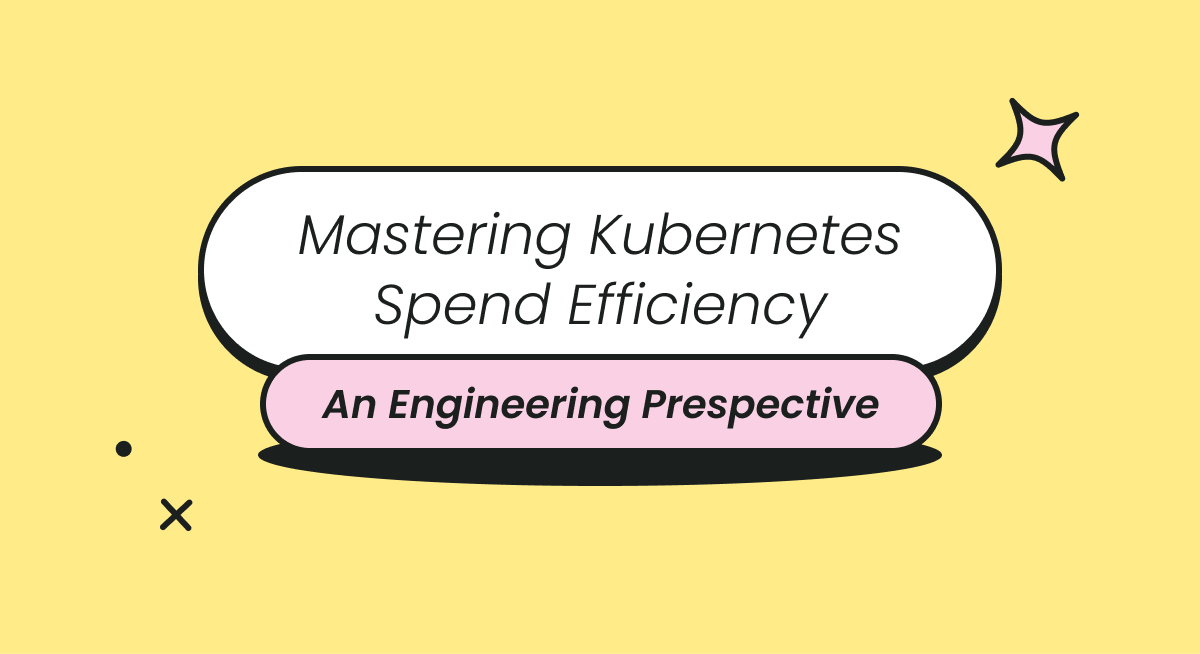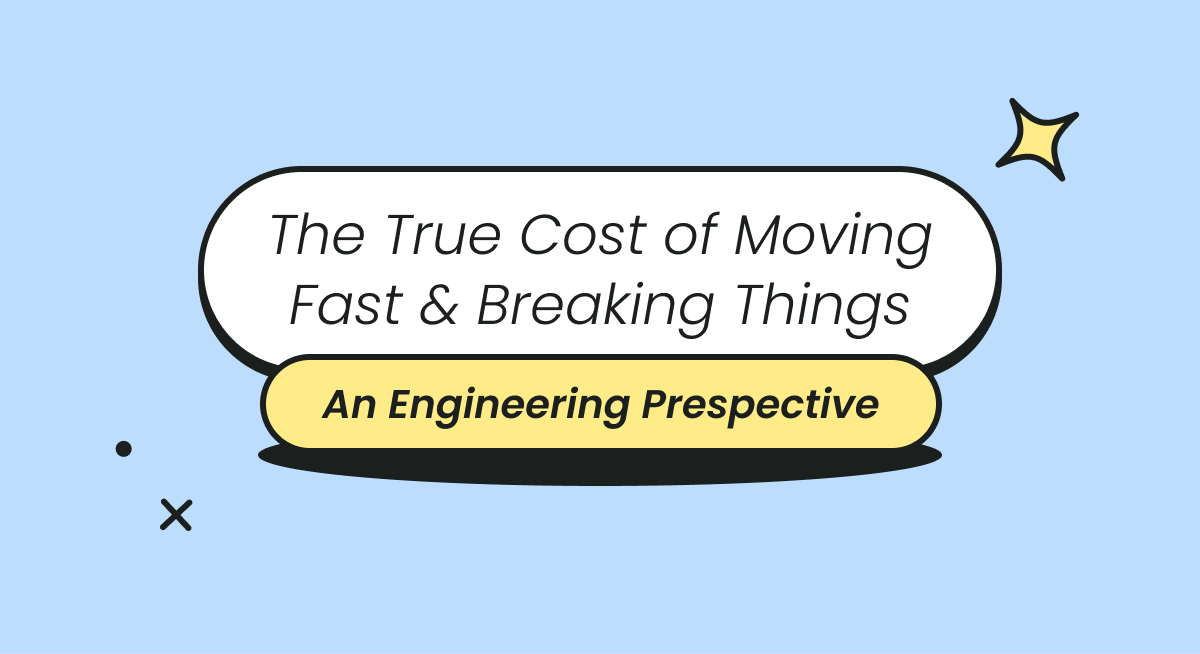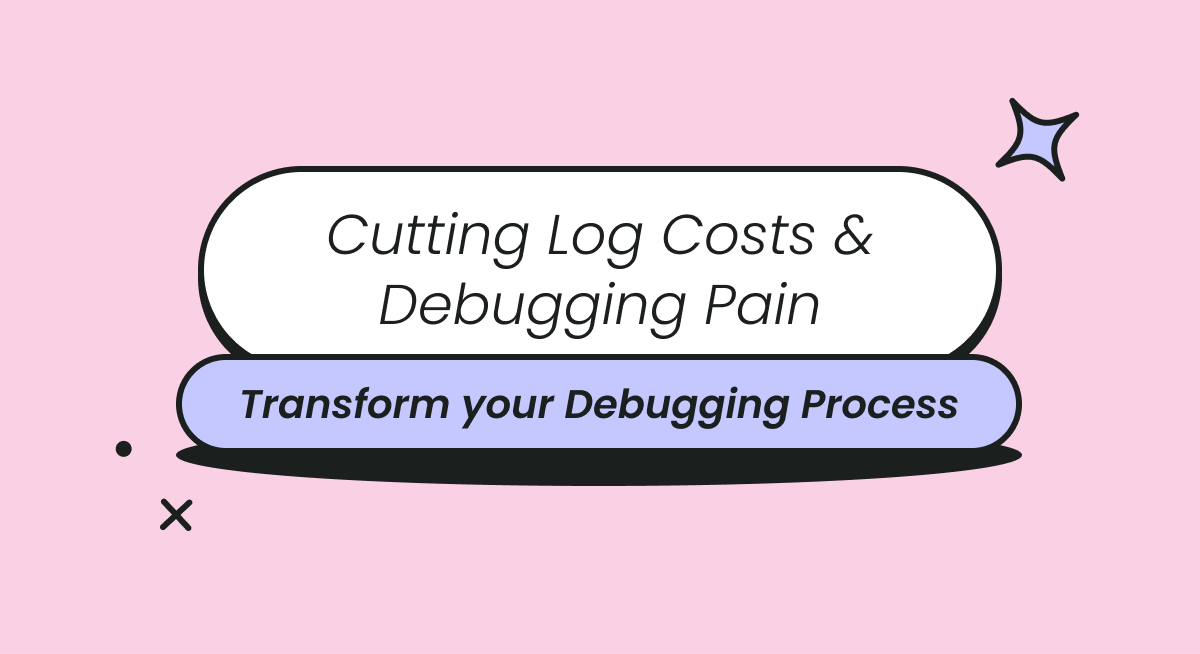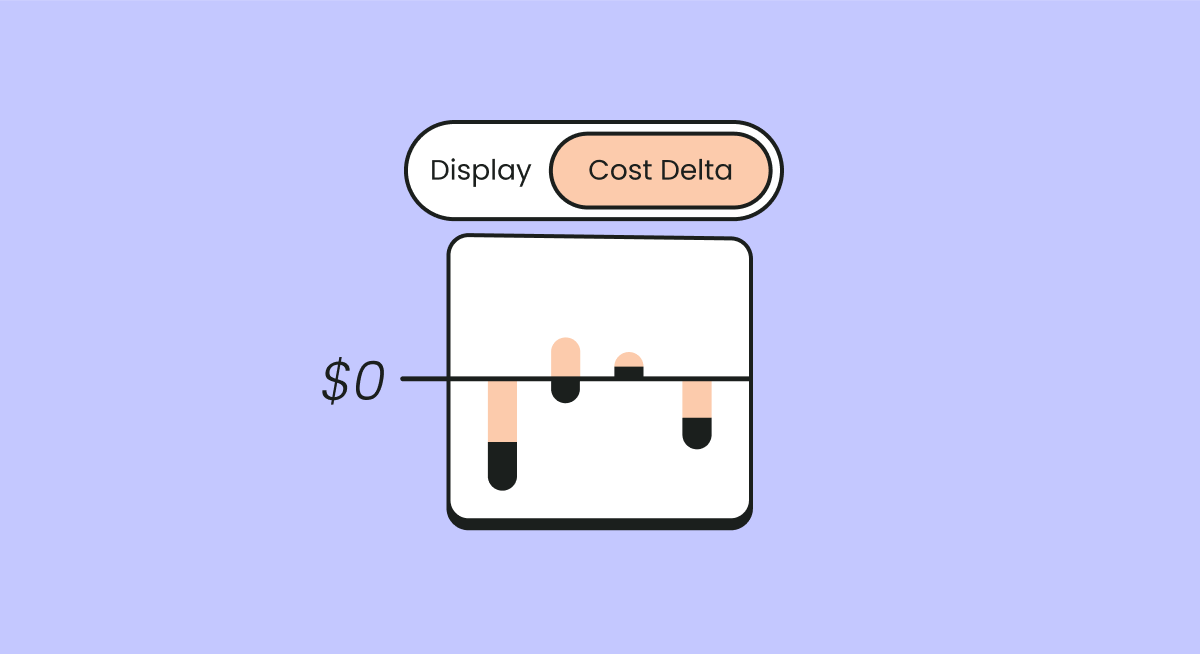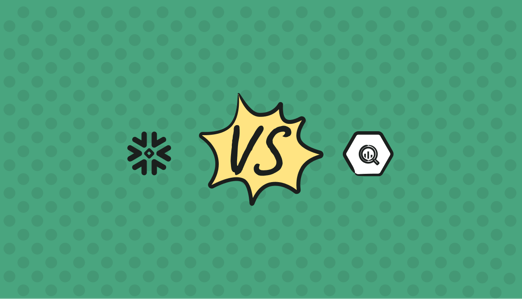
Whether you build software or manage cloud spending, choosing a data warehouse platform with a strong ROI typically comes down to two choices: Snowflake or BigQuery.
It's unbelievable how far these two tools have come in recent years. Holding nearly a third of the market share, they have reduced complex and distributed tasks to simple and profound actions.
If you're looking to start using one of these tools but aren't sure which one is right for your business, continue reading.
We'll go in depth to look at the ways these platforms are built, how they approach pricing and see which of their features can make your life easier.
Architecture
BigQuery runs on a serverless architecture with scalable storage and compute.
Part of the GCP ecosystem, BigQuery automatically manages the underlying infrastructure, including scaling, replication, and backup.

Reference: https://cloud.google.com/blog/products/data-analytics/new-blog-series-bigquery-explained-overview
Snowflake's architecture separates compute power, data storage, and client services, allowing them to operate independently. This design enables faster performance, and concurrent tasks, and also supports structured and semi-structured data in its storage architecture.
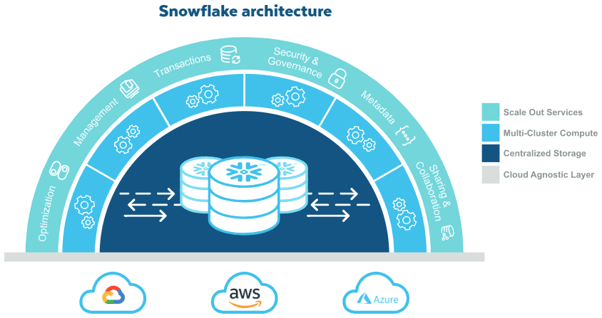
Reference: https://www.snowflake.com/product/architecture/
BigQuery vs. Snowflake Pricing
Snowflake and BigQuery have vastly different ideas on how to charge for their services.
If you're running queries sporadically, the pay-as-you-go model BigQuery imposes makes sense, as you're billed for the volume of data scanned by a query.
There's also a flat rate option you can negotiate if you're seeing more consistent usage patterns.
In Snowflake, you're charged per second of computation time.
This can be a competitive option if you're running small and frequent queries (streaming video, for example). Snowflake also offers considerable storage options at varying rates, making it a versatile choice for enterprises with diverse storage requirements.
BigQuery rates
Let's take a loo at how much BigQuery charges for its services:
- Storage costs: BigQuery has a two-tiered storage pricing system. Active storage, which consists of data records modified within the last 90 days, costs $0.02 per GB. Long-term storage, for data records unmodified for at least 90 days, is priced at $0.01 per GB.
- Query costs: BigQuery offers two data analysis pricing models: on-demand and flat-rate pricing. For on-demand pricing, users are charged $5 per TB of data scanned, with the first month free. This model is best suited for organizations with fluctuating workloads. Flat-rate pricing, on the other hand, begins at $2,000 per month for a dedicated reservation of 100 slots, ideal for users with consistent, large workloads that scan hundreds of terabytes of data.
- Ingress fees: Data ingress will cost you $0.01 per 200 MB. Egress data transfer costs vary depending on the destination and volume.
BigQuery's pricing is also influenced by factors such as location, storage type (active or long-term), and the number of virtual CPU slots reserved. Users with larger workloads can opt for a flat-rate plan with a fixed number of slots, while those with more dynamic requirements can choose the on-demand plan, which provides up to 2,000 virtual CPUs.
BigQuery's pricing model provides flexible options for businesses with varying workloads and resource requirements. Make sure you research them to get the most from your cloud ROI.
Snowflake rates
Snowflake's pricing is consumption-based and revolves around three main components: storage, compute, and cloud services.
- Storage costs: Snowflake charges for data storage based on the volume of stored data, with separate pricing for table storage, fail-safe storage, and time travel storage.
- Compute costs: Snowflake uses virtual warehouses for compute resources, charging per second of usage, with a minimum usage duration. Users can scale warehouses up or down, depending on demand.
- Cloud Services costs: These costs cover metadata management, security, and data ingestion. Snowflake charges a small percentage of the overall compute cost for these services.
Scaling? Beware The Cost Spikes
Scalability is critical when choosing a cloud data warehousing solution, as it determines how well a platform can meet growing demands while maintaining performance and cost-effectiveness.
BigQuery scales horizontally, which allows it to handle large and complex queries with ease.
It's flat-rate model provides more predictable costs for large and consistent workloads, while the on-demand model is more flexible for dynamic or unpredictable workloads.
Snowflake also scales horizontally by adding more compute resources to the cluster as needed. But it doesn't automatically adjust your resources, which requires more frequent monitoring and management.
This means setting up price alerts that notify you whenever a budget threshold is met or exceeded, optimizing query performance, and having a strong grasp of what teams and features cost you the most in Snowflake.
Both BigQuery and Snowflake offer excellent scaling potential for their respective pricing models. BigQuery is simpler to scale, and Snowflake more flexible.
Cloud Cost Management
Both BigQuery and Snowflake offer advanced features and tools to help you stay on top of your cloud spending.
BigQuery tools and features
- BigQuery Console charges users for the amount of data processed by each query, providing transparency and predictability.
- Query Explain Tool analyzes each query's complexity and cost, allowing users to optimize queries for cost-effectiveness.
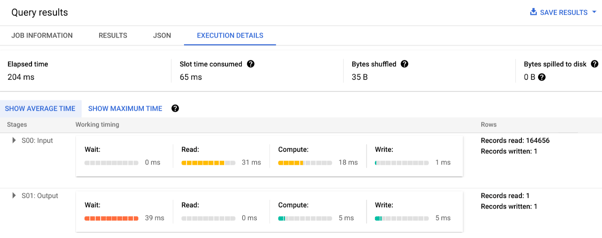
Reference: https://cloud.google.com/bigquery/docs/query-plan-explanation - Google Cloud's Cost Management can help you track and analyze your cloud spending across all Google Cloud services.
Snowflake Tools and Features
- Slot Reservations enables you to reserve resources in advance, ensuring you have the necessary resources when needed.
- Auto-Suspend automatically suspends idle warehouses, minimizing costs associated with idle resources.
- SnowAlert provides a real-time alerting system for data issues, security breaches, and cloud cost anomalies.
- Snowflake Account Usage allows you to view historical data for up to three years, which can help you identify trends and patterns in your cloud costs over time.
Aside from the native cost management tools, there are various third-party tools and services available to manage cost across both Snowflake and Google BigQuery.
Here's what to look for in these tools and how to choose the right one for your business.
Performance
When it comes to performance, both BigQuery and Snowflake are capable of processing large datasets quickly and efficiently.
Processing speed
Snowflake is known for its strong performance in handling complex queries involving large amounts of data. The reason is that Snowflake separates compute and storage, which allows it to scale compute resources independently of the amount of data stored.
On the other hand, BigQuery is optimized for processing large volumes of structured data quickly and efficiently. It uses a columnar storage format and a massively parallel processing (MPP) engine to accelerate query performance. BigQuery also supports real-time analysis with its streaming ingestion feature, which allows users to analyze data as it is generated.
Query optimization
BigQuery gives you plenty of ways to work with queries, including query plan visualization, query execution statistics, and the ability to set query priorities.
BigQuery also has a query cache that stores the results of frequently executed queries, reducing the amount of time it takes to retrieve data. Furthermore, BigQuery provides a functionality called "resharding", which automatically redistributes data among nodes to achieve load balancing and enhance performance.
Meanwhile, Snowflake offers a feature called "auto-clustering," which automatically organizes data based on usage patterns to improve query performance.
Auto-clustering works by creating new clusters based on frequently queried columns, which helps to reduce the amount of data that needs to be scanned. Snowflake also has a query profiling tool that can help users identify performance bottlenecks and optimize their queries.
Ease of Use
BigQuery provides several built-in tools and features, such as the Query Editor and the Data Transfer Service, which simplify data migration and transformation processes. BigQuery's documentation is thorough and accessible, with plenty of resources available for users of different skill levels.
Snowflake has built a following thanks to its ease of use and an intuitive web-based UI that lets you make all the changes you need from your browser. Other features, such as SnowSQL and SnowPipe, are great additions for data management and integration.
Integrations
BigQuery integrates with a wide range of third-party tools and services, including data ingestion tools like Apache Kafka, data warehousing platforms like Looker and Qlik, and data management tools like Apache Beam and Apache Spark.
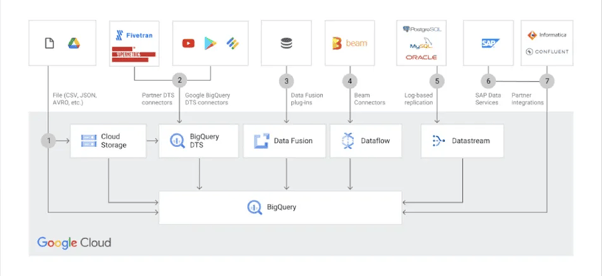
Reference: https://cloud.google.com/bigquery#lightbox7
If you want to breathe some life into your data, Snowflake works with Power BI and Looker, as well as Tableau, Informatica, and Talend.
Snowflake also has native integrations with cloud services like AWS, Azure, and Google Cloud so you can move data and process it in various cloud environments without much effort.
In brief, both solutions provide robust integrations with well-known tools and platforms and have exhaustive documentation in place.
Final Thoughts: Choosing Between Snowflake and BigQuery
Snowflake and BigQuery are among the most popular data warehousing solutions.
We've looked at how they differ in cost, architecture, scaling potential, performance, and ease of use.
The right fit for your business will be the one that ticks the most boxes relevant to your use case. Depending on how you run your apps and services, both Snowflake and BigQuery are powerful contenders for data warehousing and processing.
Want a clear, easy to understand breakdown of your Snowlfake or BigQuery costs? How about we consolidate all of your cloud spending in a single place? Try Finout and start making smarter cloud spending decisions.
